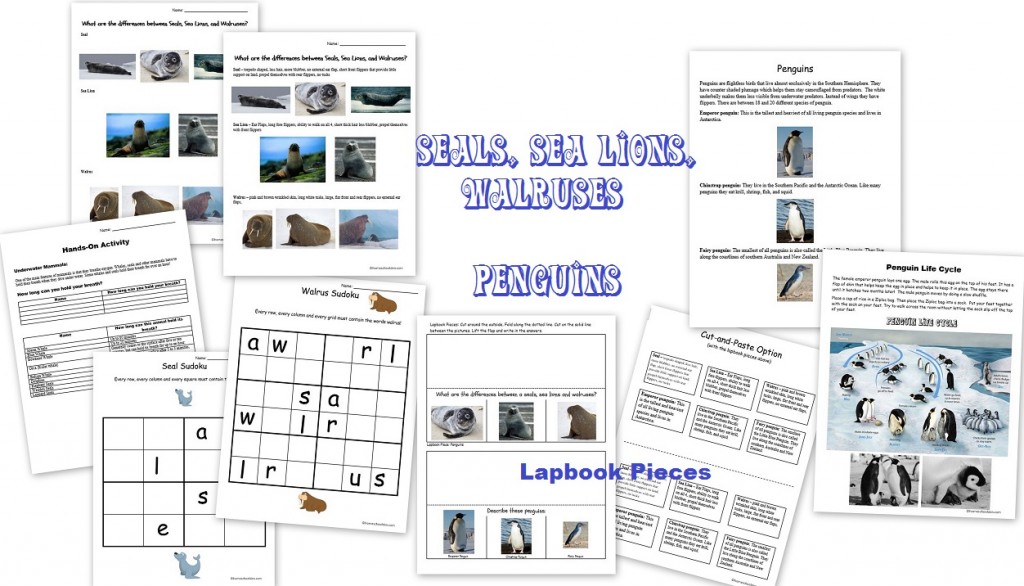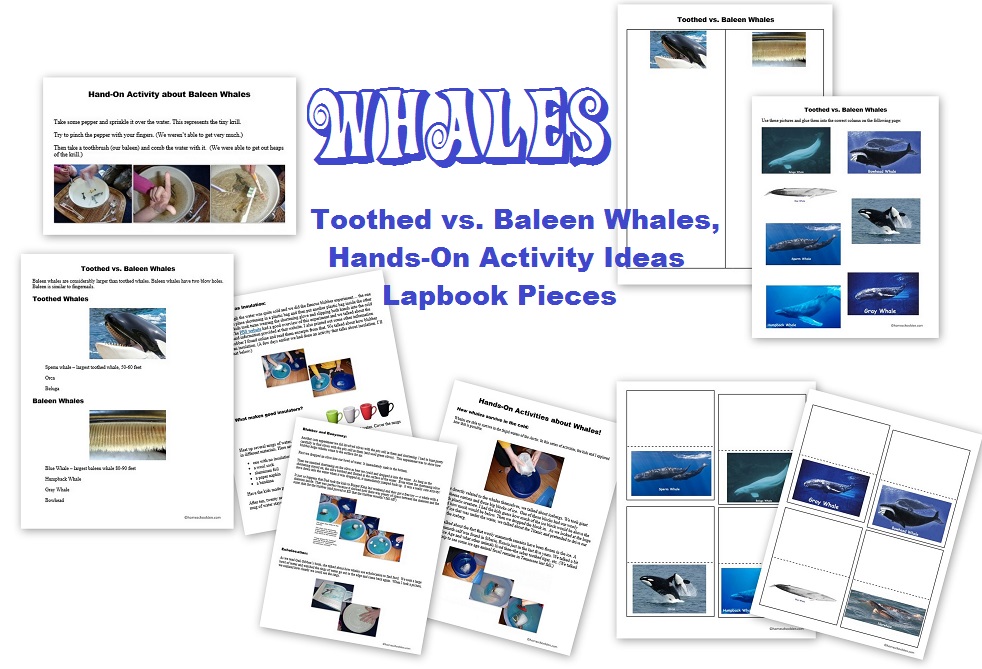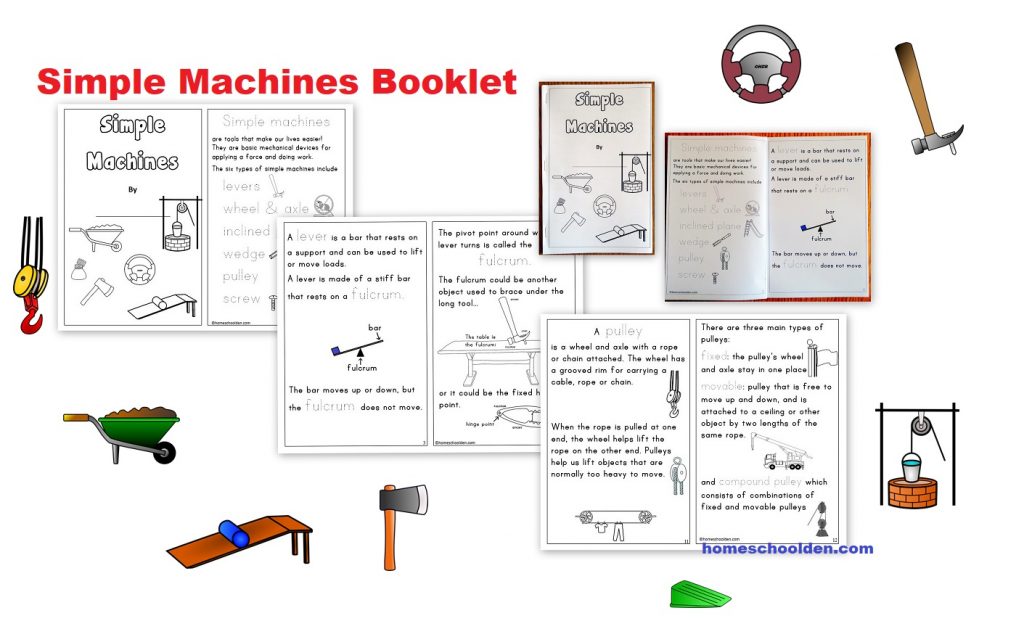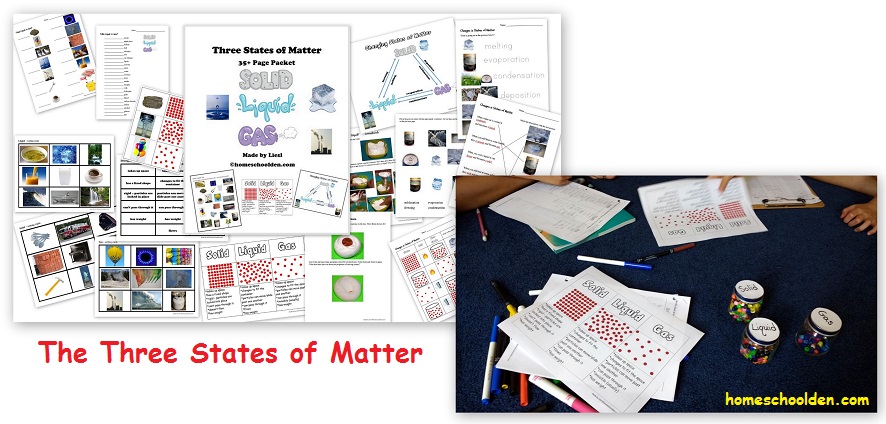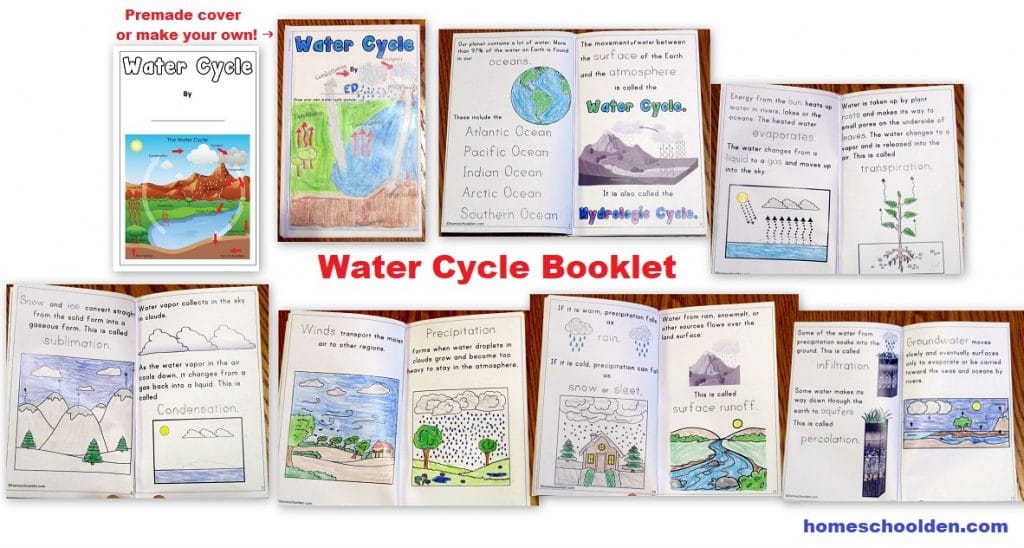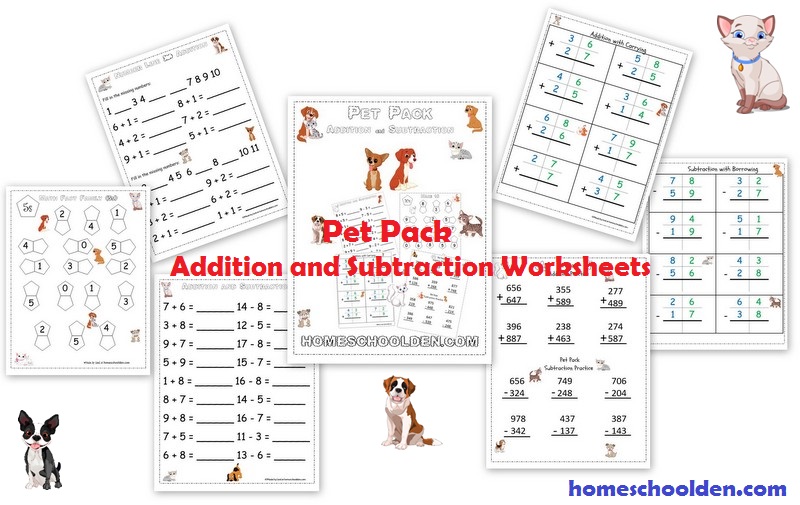Homeschool Science in Early Elementary (K-2): Video Post
How do I start teaching science to my kids? This is a very different answer if your kids are K-2 than if they are a bit older. Here are some of the science topics you might want to consider if your kids are in early elementary. I put together a video of some of the activities we did when the kids were in early elementary.
Some of these activities my youngest was probably in preschool, but my older kids were in early elementary. You can pick and choose what works for your kids and move into more complex topics from there! I hope you enjoy what I hope to be a series of Minute videos! 🙂 ~Liesl
Links to the activities and printables you see in our Minute 1 video are below.
Homeschool Den Minute: Science in Early Elementary
5 Senses – sight, hearing, touch, feel, taste (This could continue on into a unit on the human body.)
Animals/Zoology: Some zoology topics you could cover:
- living and non-living (and the characteristics of living things),
- World Animals – Animals from the 7 continents – Montessori Cards, printable activity pages
- vertebrates-invertebrates,
- Animal Packet (body coverings (fur, feathers, scales, skin), classification (5 classes of animals – animals and their characteristics -fish, amphibians, reptiles, birds, mammals, domestic vs. wild animals, animal tracks, etc.) I’ll include pictures below.
- Invertebrates: Hands-On Study of Earthworms, Planaria (a type of flatworm that regenerates), Mealworms (that turn into darkling beetles)
- Amphibian Mini-Unit: Frog Life Cycle, Amphibians; animals of the world,
- Life Cycles Packet – Learn about the life cycles of the chicken, sea turtle, frog, mosquito, butterfly, dragonfly, bee, mouse, and ladybug
- Nocturnal and Diurnal Animals (we also talked about what makes day and night)
- the parts of the animal,
- animals and their babies,
- animals and their group names
- animals and their biomes (such as the rain forest, desert, forest), (we did biomes here)
- The Mitten – Activities (free Printable about the animals in this book by Jan Brett)
- animal tracks,
- where do animals live?
- Where do things come from?
- above ground-below ground,
- ocean animals: Ocean Unit Freebies Layers of the Ocean School of Fish Activity Ocean Animals and Their Groups Whale Unit (and the Arctic) — Icebergs, Blubber experiment, Buoyancy and more Whale Unit – Migration, Echolocation, Baleen vs. Toothed Whales
- Whale Unit – How salt water affect buoyancy – Drawing whales and dolphins
- Unit on Dinosaurs, 60+ pages of activities about the dinosaurs, what they ate, what period they lived, etc., dinosaur lapbook (ages 3-7)
- Unit on Birds
Plants/Botany
- parts of plants,
- parts of a flower,
- plant life cycles – germinating seeds,
- fruits and vegetables (you can use the free cards from our Spanish fruits/vegetables worksheets if you need sorting cards)
- plant nutrition (colored carnations and slurping celery)
- Rainforest Plants s(from around the world),
- Plants and Symmetry;
- Vascular vs. Non-Vascular Plants
- 2 types of roots: fibrous roots (like grass) and taproots (like carrots)
- Carnivorous Plants Lapbook
- Where does my food come from?
Other General Science Units we did when the kids were in early elementary:
States of Matter – The Three States of Matter
Rocks and Minerals – We have a number of free packets on the rock cycle, 3 types of rocks, and a (free) rocks and minerals packet I made for the kids when they were in PreK and early elementary. This post also shows you some of the fun hands-on activities we did about rocks.
Skeletal System – One of the first human body units we studied was the Skeletal System. We did a ton of fun hands-on activities with this unit as well.
Solar System:
Learning about the Solar System – Hands-On Kit the kids loved
We also did a lot of Geography Activities. You might find this post helpful: Hands-On Geography Activities for ages 4 to 10
If you would like to print out this list, you can click below to download the PDF. Just so you know, this is still a work in progress as I haven’t actually made the 2nd video yet!! 🙂 So, you might want to check back later to see if it has been updated. 🙂 ~Liesl
Homeschool Science in Early Elementary
The next Video talks about another unit we did in early elementary: Simple Machines.
Wondering what to cover throughout elementary and middle school? You might want to check out our Homeschool Science Checklist for the Elementary and Middle School Years:
Some of our other videos:
- Homeschool Den Minute: Simple Machines
- Homeschool Science Units – Video Post
- Hands-On Homeschooling
- DD shares what she learned when we studied the Organelles of the Cell
- Becoming Deaf in One Year (A video post about my horrible year… six ear operations, crazy symptoms… and having to have everything removed from my left ear… ear drum, bones, balance system, everything! Ack!)
- How we Made our Earthquake Shake Table
- Ringing Rocks State Park (in Pennsylvania)
- Skip Counting by 6s – Clapping Game and Song
- The Kids Sing the 7 Continents Song – We did this to show how we used our Montessori World Pin Map.
If you are new to homeschooling, you might find some useful resources at this post: How to Start Homeschooling
See you again soon here or over at our Homeschool Den Facebook Page. Don’t forget to Subscribe to our Homeschool Den Newsletter! ~Liesl
Here are some of the units we have for this age group:
Animal Packet – Animal Characteristics, Vertebrates vs. Invertebrates, Insects vs. Spiders, Animal Tracks and more!
Addition Games, Activities and Worksheets
A couple of years ago my youngest took on the big math task of learning all of her multiplication tables. Along the way, I made a lot of fun math packets. She started the process of learning her times tables in previous years as she did lots of skip counting practice. This made learning her multiplication facts really easy for her. Plus, it has really helped her as she moved into long division (but I’m getting ahead of myself!)
I looked around for the kind of multiplication practice that would help her this past year. The math book she was using went through the math facts a bit too quickly for her. She needed quite a bit of repetition and wanted bright, colorful worksheets. I wound up making my own sets of practice pages, activities, and games. She loved that!
This multiplication bundle now includes over 300+ pages of skip counting activities, games and worksheets and 18 pdfs!
You might also be interested in these free resource guides (these are each 30 or more pages):
- Creating a Homeschool Curriculum: Kindergarten – Grade 1
- Creating Your Homeschool Curriculum: Grades 2-3, Resource Guide
- Creating Your Homeschool Curriculum Grade 4-5 — Free Resource Guide
- I have not yet finished the one for grades 6-8. 🙂
See you again soon here or over at our Homeschool Den Facebook Page! Don’t forget to Subscribe to our Homeschool Den Newsletter. You might also want to check out some of our resources pages above (such as our Science, Language Arts, or History Units Resource Pages) which have links to dozens of posts. You might want to join our free Homeschool Den Chat Facebook group. Don’t forget to check out Our Store as well.

P.S. I’ll just add in links to some of the Spelling Activities I made for the kids when they were in early elementary:
Spelling Activities
- Long A Sounds /ay/ – a, ai, ay, a-e, ei, eigh, ey –Sorting Cards and Board Game!
- Long I Word Sort – Words with y, i_e or ie
- ow ou oy oi aw au Word Sort Activities
- Spelling Word Endings -le -el -al -il -ol -ile Word Sort, Games, and Activities


























